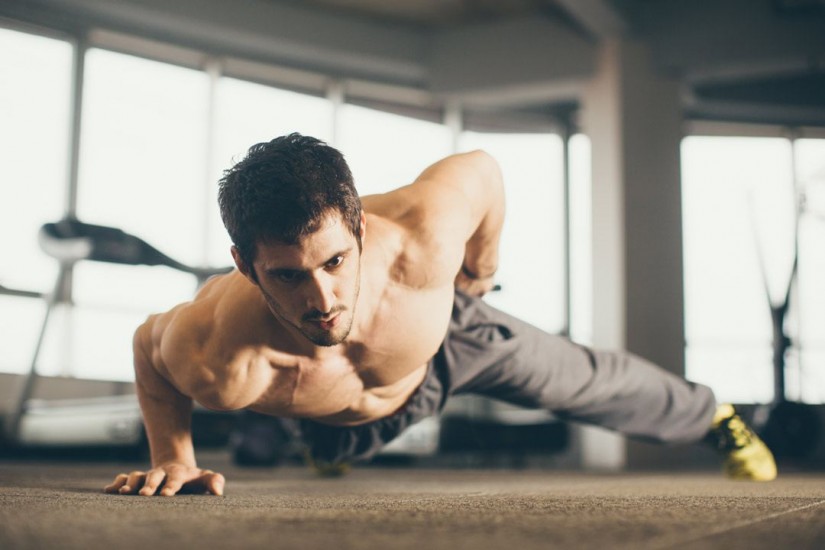The tradition of yoga has been largely passed down from student to teacher. This knowledge has grown and changed over thousands of years – evolving ever so slowly into what we call “yoga” today. Because these ideas were often guarded and kept secret, much of yoga was hidden in mystery until quite recent.
Yoga in Ancient Times
Although there is no direct proof, some researchers believe yoga is over 10,000 years old. It’s believed to have been practiced in the Indus-Sarasvati region of Northern India.
Some of the earliest proof of yoga was found on artifacts dating back to 3000 B.C. A team of archeologists under Sir Mortimer Wheeler found several artifacts depicting advanced yoga poses in the River Indus region. Another artifact found in this area was discovered by Sir John Marshall. The Pashupati is thought be the Hindu god Shiva seated in the yogic “Lotus” position.
In addition to artifacts, there are several texts referencing yoga. For example, the Rig-Veda, an ancient Indian sacred collection of Vedic Sanskrit hymns, dates from 1700-1100 B.C.
Several Upanishads, or ancient Vedic teachings, also contains multiple references to Yoga. This includes the famous Bhagavad-Gita. The Gita is a 700 verse Hindu scripture. In this scripture, Lord Krishna speaks to Prince Arjuna about his duties as a warrior, among other things.Krishna also speaks at length about Yoga. The yoga spoken of in the Gita is not similar to the yoga we know today. Instead, yoga here refers to a philosophical and mystical mind set including unification, serenity, and self control.
Another text is called The Yoga Sutras. This compilation of sutras was compiled by the Sage Patanjali. Although the exact date is unknown, this book was compiled sometime between the 1st Century B.C. and the 5th Century A.D.
Patanjali’s sutras speak of the goal of Kaivalya, or detachment. He described the eight limbs of yoga as a way to achieve Kaivalya. These eight limbs make up what is known today as Ashtanga Yoga or Raja Yoga.
In 1893 at the Parliament of Religions, Swami Vivekananda spoke of Hindu religion and yoga. This speech was widely recognized as one of the first introductions of yoga to the West.
Yoga in Modern Times
In 1888, a man named Sri Tirumalai Krishnamachary was born. Krishnamacharya later became known as the “father of modern yoga.” He taught several now famous yoga students: B.K.S. Iyengar, T.K.V. Desikachar and Pattabhi Jois.
B.K.S. Iyengar, born in 1918, become one of the most well-respected teachers of yoga in the modern world. In 1966, he published the landmark book “Light on Yoga” which popularized yoga around the world.
In the 1960’s, interest in yoga peaked in the West. At the time, the U.S. was going through a sort of spiritual revolution and people looked more and more to Eastern philosophies as a way to attain peace and happiness.
In the 1980’s, Dr. Dean Ornish linked yoga and physical health together when he suggested the practice of yoga for attaining a strong and healthy heart.
Today’s yoga in the Western World tends to focus mostly on the physical benefits of practicing. There are literally thousands of yoga studios all over the country. In 2008, a study done by the Yoga Journal found that 15.8 million people in the U.S. practice yoga. This number grows every day as yoga becomes a one of the most popular forms of physical exercise in the West.




